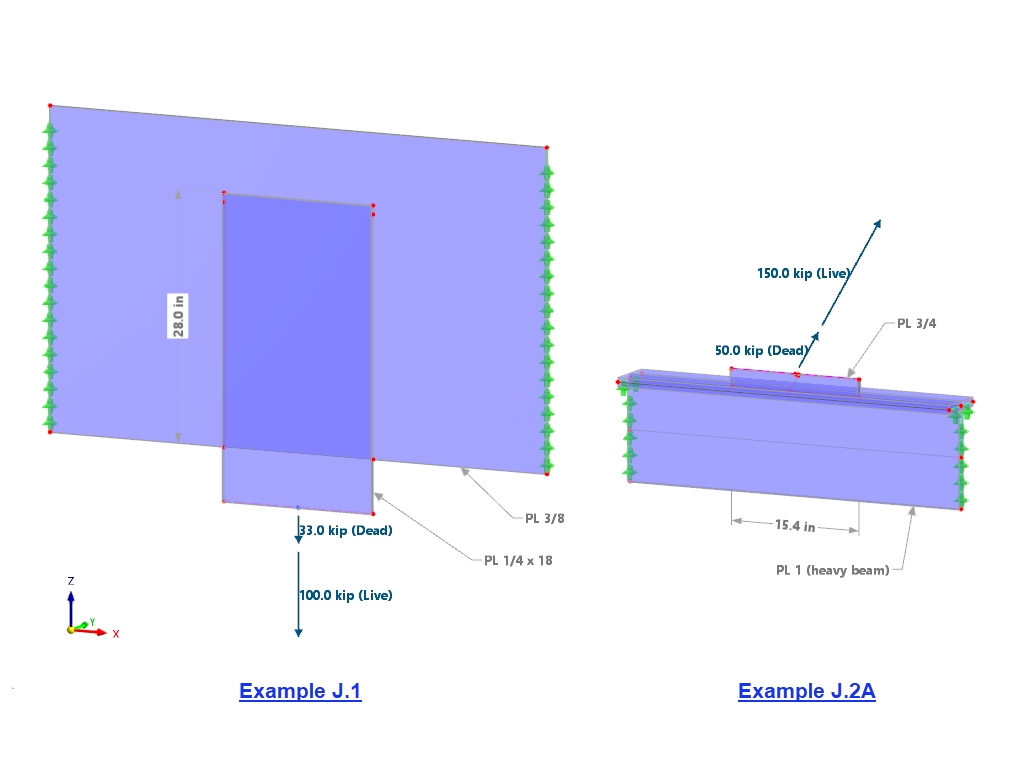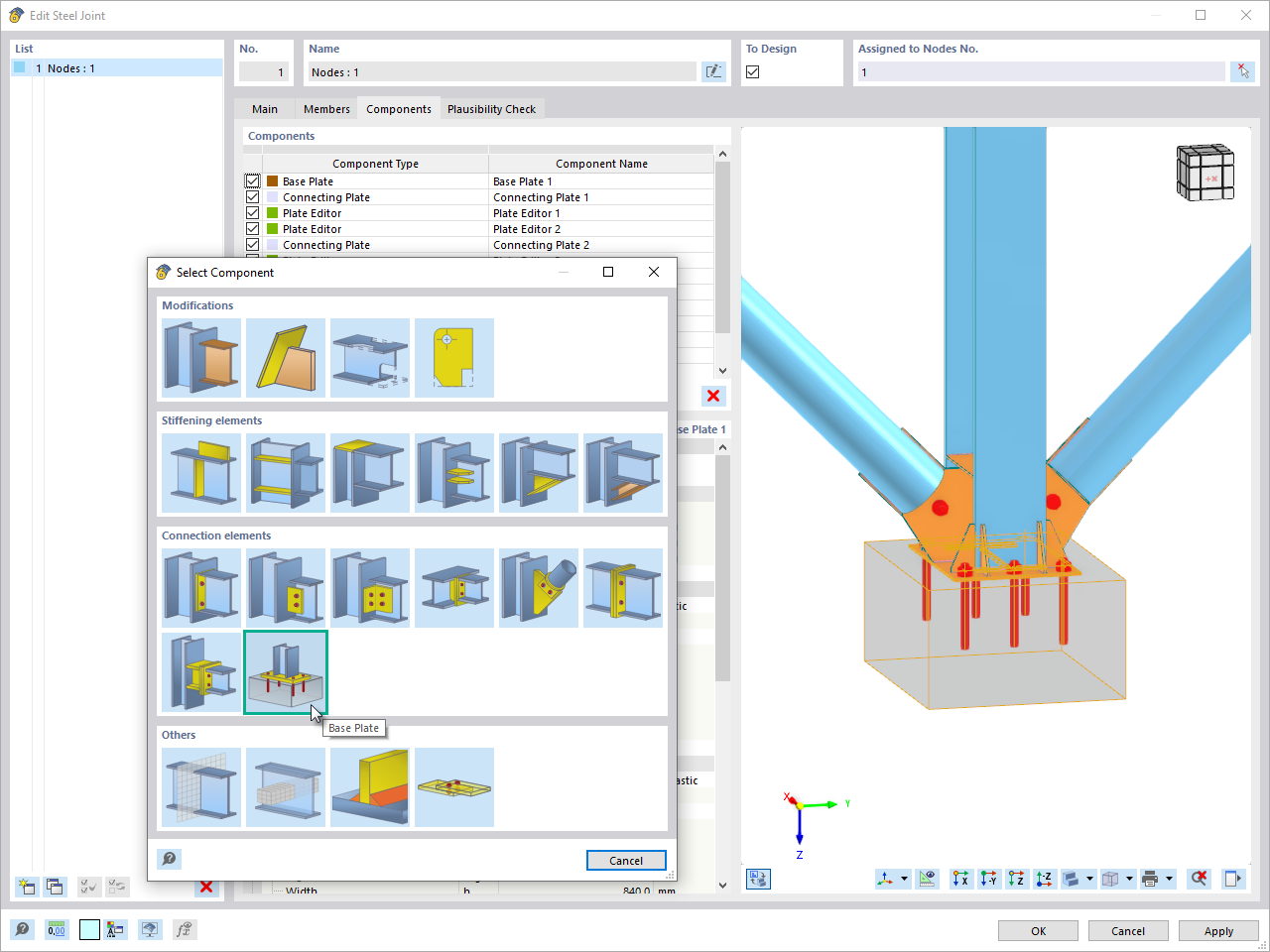The RF‑FORM‑FINDING add-on module provides two form-finding types that you can alternatively assign to each start surface input.
The first option, called "Standard", shifts the relevant FE nodes to all three spatial directions X, Y, Z as long as the membrane's constant, provided surface stress is in equilibrium with the boundary conditions.
The second option, "Projection", secures the relative horizontal X', Y' position of the FE nodes with respect to the normal plane of the surface stress reference axis and only shifts the vertical Z' position perpendicular to the plane until the surface stress that is modified depending on the membrane inclination is in equilibrium with the boundary reactions.
In general, the "Standard" method is the right choice for all non-conical models. In the case of conical membrane shapes, using the standard method results in an unclear situation. Here, the tangential stress component of the surface stress is mutually suspended due to the circular arrangement, and shifts all FE nodes regardless of the radial position and surface stress value to reach the global equilibrium, taking into account the radial prestress component on the cone axis. In this case, it is necessary to select the projection method in order to obtain the continuous conical shape. The resulting shape has a non-constant final surface stress due to the projected surface stress specification.
























.png?mw=350&hash=c6c25b135ffd26af9cd48d77813d2ba5853f936c)














.png?mw=512&hash=4a84cbc5b1eacf1afb4217e8e43c5cb50ed8d827)

















_1.jpg?mw=350&hash=ab2086621f4e50c8c8fb8f3c211a22bc246e0552)






.png?mw=600&hash=49b6a289915d28aa461360f7308b092631b1446e)












